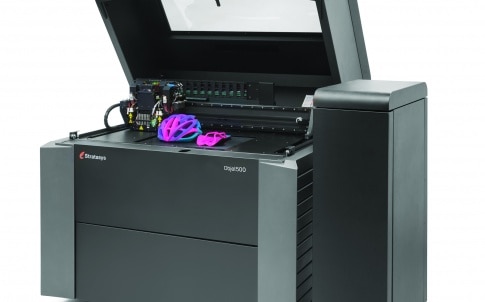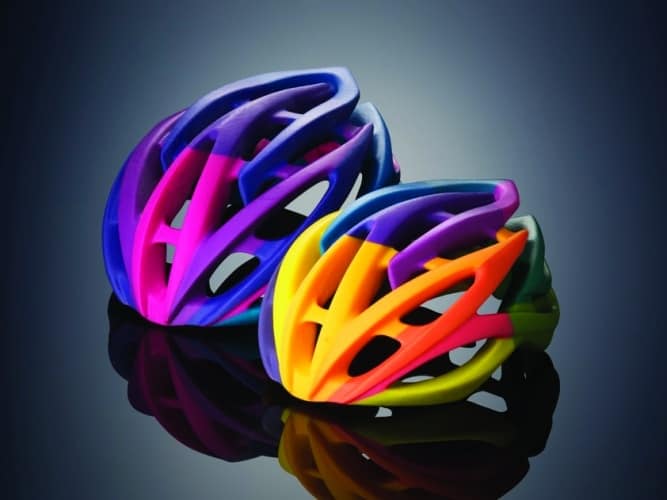Stratasys unveils full-colour 3D printer
A 3D printer able to print full colour plastic models with a range of mechanical properties has been unveiled by US firm Stratasys.
Dubbed the Objet500 Connex3, the machine is claimed to be the first of its kind able to print 3D models with a full range of colours.
Earlier systems have typically used two printing jets and been able to blend two base materials. This enables them to produce components that feature varying levels of rigidity and flexibility.

However, the new system introduces a third jet, which enables the machine to blend three materials and therefore makes it possible to produce full colour components with a range of mechanical properties. ‘There’s nobody else in the world that can do that,’ claimed Bruce Bradshaw, director of marketing at Stratasys.

Professor Richard Hague, who heads up the EPSRC Centre for Additive Manufacturing, and is one of the UK’s leading 3D printing experts, agreed that the ability to print in full-colour represents a big step forward.
Register now to continue reading
Thanks for visiting The Engineer. You’ve now reached your monthly limit of news stories. Register for free to unlock unlimited access to all of our news coverage, as well as premium content including opinion, in-depth features and special reports.
Benefits of registering
-
In-depth insights and coverage of key emerging trends
-
Unrestricted access to special reports throughout the year
-
Daily technology news delivered straight to your inbox











Water Sector Talent Exodus Could Cripple The Sector
Maybe if things are essential for the running of a country and we want to pay a fair price we should be running these utilities on a not for profit...